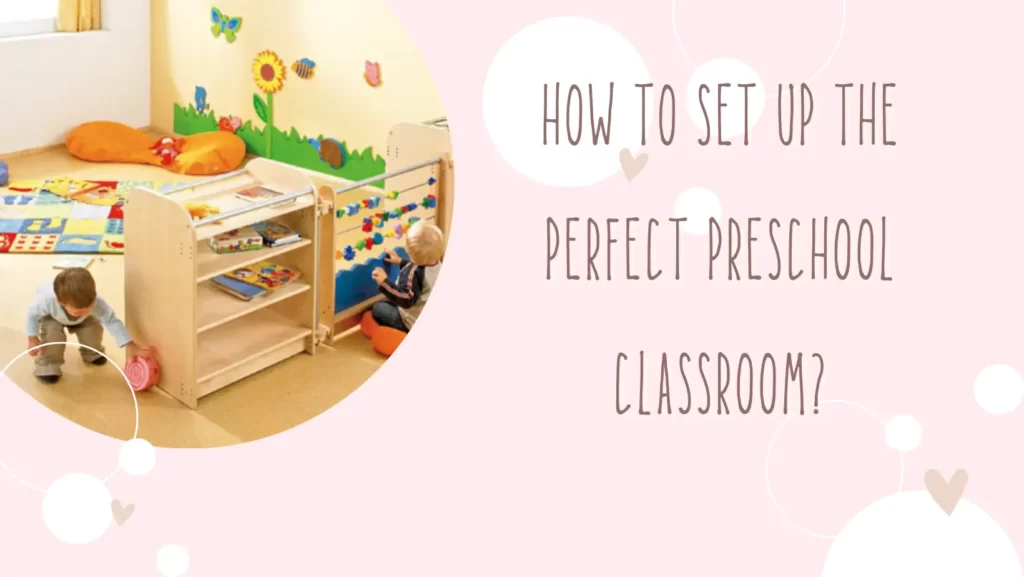Facing the challenge of setting up a preschool classroom can be daunting. As a seasoned expert in kindergarten furniture supply at Xiha Montessori, I understand the complexities involved. From selecting the right furniture to creating an engaging learning environment, every decision affects a child’s development.
The key to setting up an effective preschool classroom lies in creating a balance between functionality and inspiration. Essential elements include age-appropriate furniture, distinct learning areas, and a layout that promotes safety and interaction. By integrating these elements, a preschool classroom becomes a haven of learning and development for young children.
A preschool classroom should be a safe, welcoming environment where children can learn and explore,In this comprehensive guide, some tips on how to set up a preschool classroom will be shared. Make sure you create the perfect classroom space
Everything You Should Have in Your Preschool Classroom
When it comes to furnishing a preschool classroom, the list of essentials is comprehensive. Start with ergonomic and child-friendly furniture. This includes adjustable tables and chairs, comfortable mats for floor activities, and accessible storage units. Don’t forget a sturdy teacher’s desk and chair, as well as a well-equipped first aid kit for emergencies.
A diverse range of educational toys and materials is also crucial. These range from basic blocks and puzzles for cognitive development to art supplies for creative expression. Also, include books and storytelling aids to foster a love of reading and language.
Technology, although used sparingly in preschool settings, can also play a part. Consider an interactive whiteboard for group learning and tablets preloaded with educational apps for individual activities.
- Ergonomically Designed Furniture
- Interactive Learning Tools
- Creative Play Equipment
- Art Supplies and Storage
- Outdoor Play Equipment
- Storytelling and Reading Corner
- Sensory Play Materials
- Music and Movement Area
- Technology and Learning Apps
- Safety Equipment

What are the Areas of the Preschool Classroom?
The preschool classroom should be divided into distinct areas, each serving a specific purpose. The reading area, stocked with age-appropriate books and cozy seating, encourages literacy and quiet time. The art area, equipped with materials for drawing, painting, and crafting, fosters creativity.
A science and discovery zone can stimulate curiosity about the natural world, while a sensory area with various textures and materials can aid in sensory development. Don’t overlook a dramatic play area, where children can engage in imaginative play and social interaction.
An outdoor space, if available, should be safe and equipped with age-appropriate play equipment. This area is essential for physical development and nature-based learning.
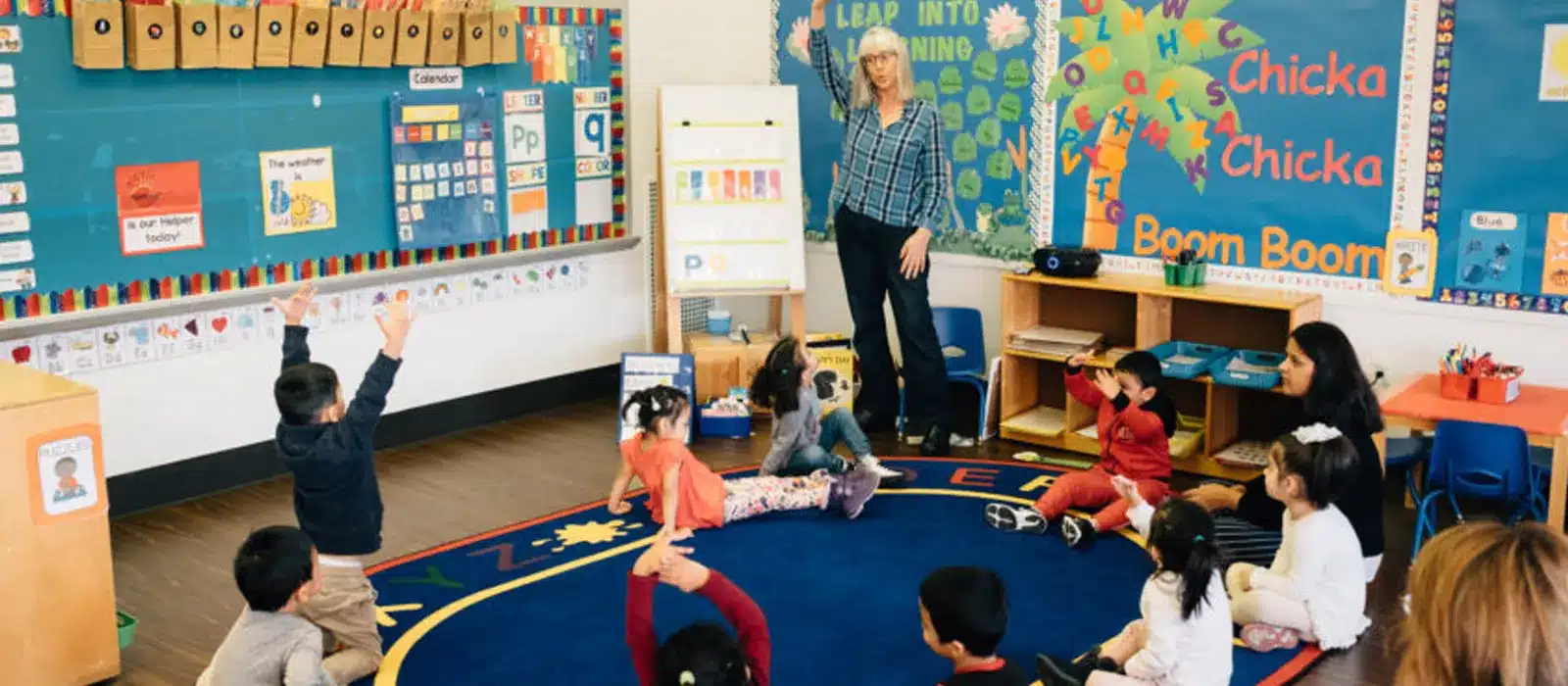
The Circle Time Area
A place for the whole class to gather for group activities, discussions and story time. This is a space where children can learn to listen, take turns and develop social skills. The circle time area should be comfortable and inviting with a large rug or mat for children to sit on. It should also be equipped with a whiteboard or easel for the teacher to display visual aids and engage the children in interactive learning.
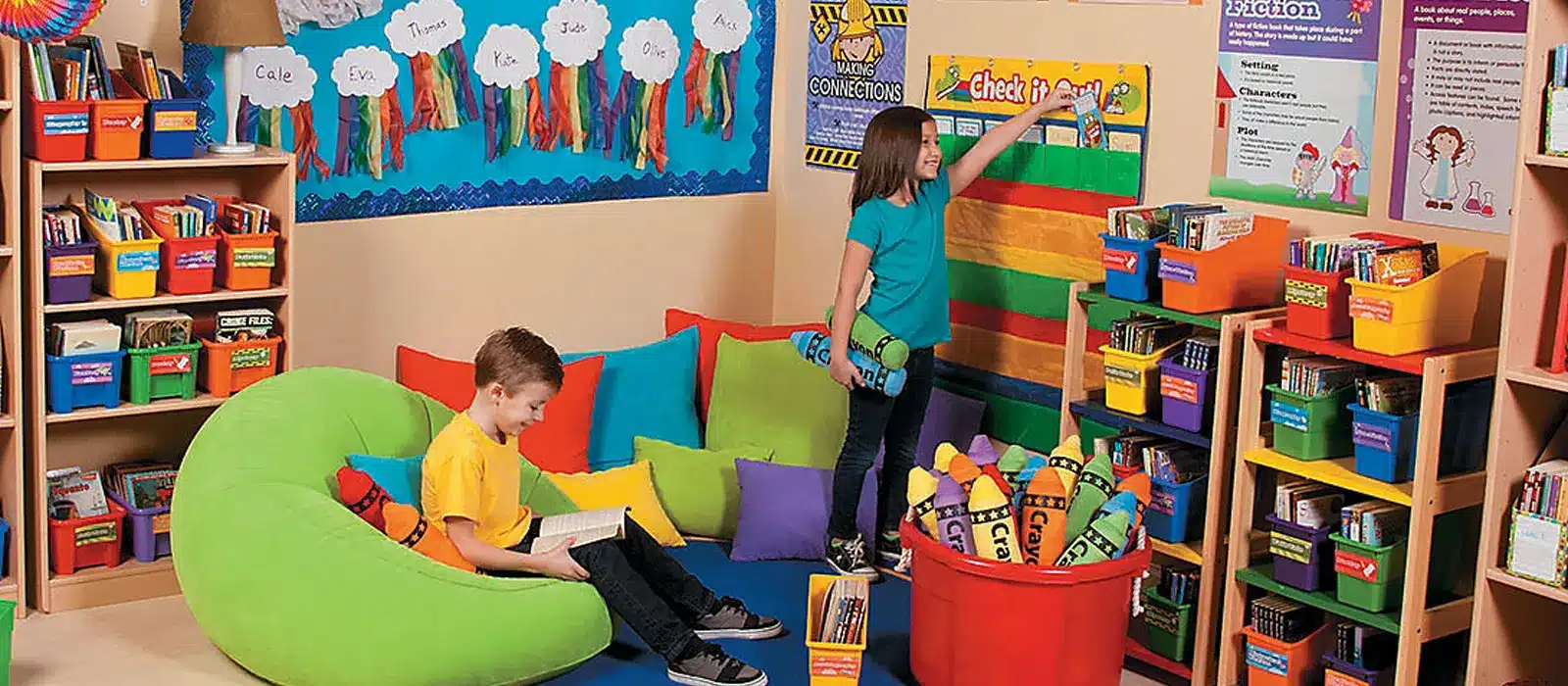
The Reading Corner
A cozy corner encourages a child’s love of books and reading. It should be equipped with child-sized bookshelves filled with a variety of age-appropriate books, pillows or beanbags to provide comfortable seating, and soft lighting to create a calming atmosphere. A reading corner is a place where children can explore new worlds and develop literacy skills through stories.

The Art Station
Creativity and self-expression are key aspects of a child’s development. This is why every preschool classroom should have an art station. This area should be equipped with a variety of art supplies such as crayons, markers, paints, and colored paper. It should also have a designated space where children can proudly display their artwork. Art stations allow children to explore different mediums, develop fine motor skills, and express their thoughts and feelings through art.
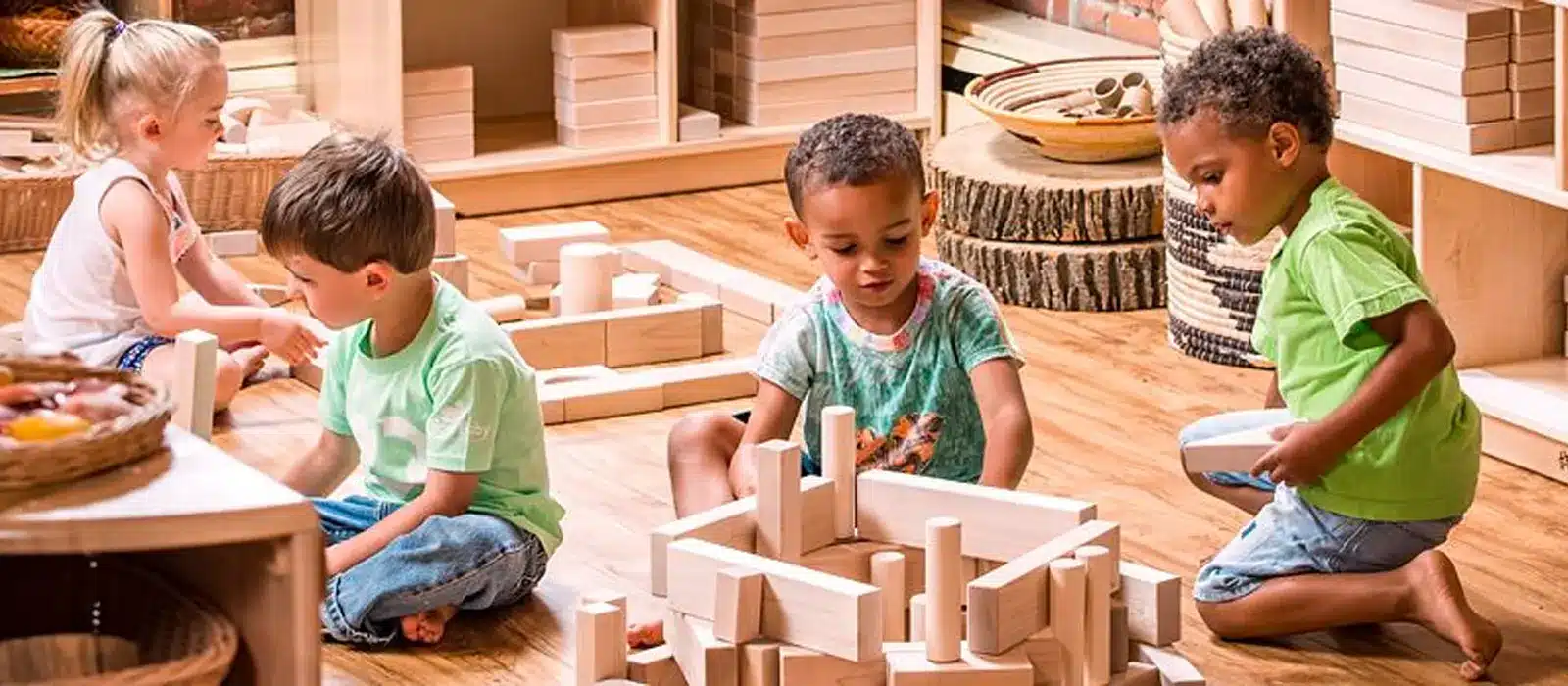
The Block Area
Blocks are a necessity in any kindergarten classroom. A block area provides an opportunity for children to engage in imaginative play, problem solving and teamwork. It should have a wide variety of blocks of different shapes and sizes, as well as accessories such as cars, people, and animals to enhance the play scene. The block area should be large enough to accommodate multiple children, allowing them to collaborate and build their own unique creations.
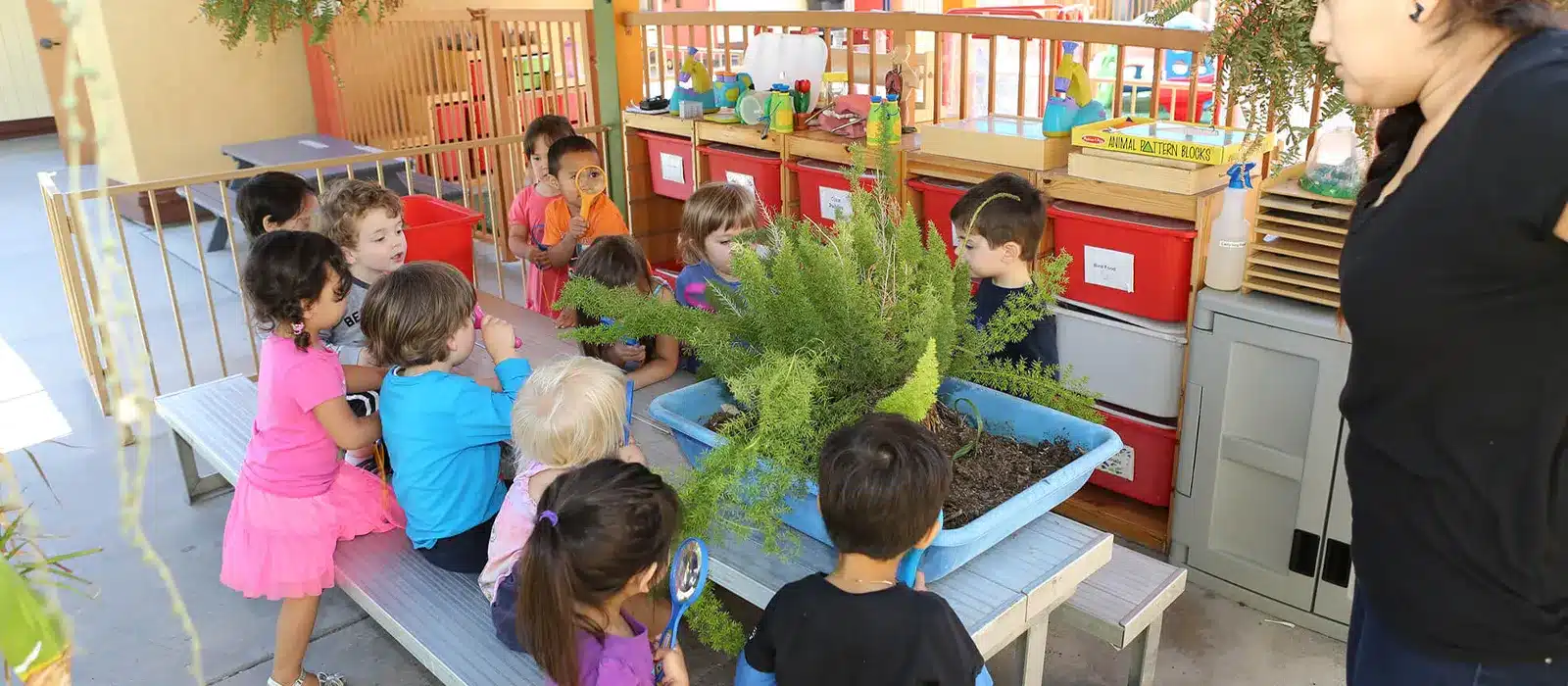
The Science and Discovery Center
Preschoolers are naturally curious and fascinated by the world around them. To encourage their exploration and understanding, a science and discovery center is essential. This area should be equipped with age-appropriate science tools, magnifying glasses, and sensory materials such as sand, water, or play dough.
It should also include a nature table where children can observe and learn about plants, insects and other natural wonders. A science and discovery center is a space where children can engage in hands-on experiments, develop critical thinking skills, and foster a love of learning.
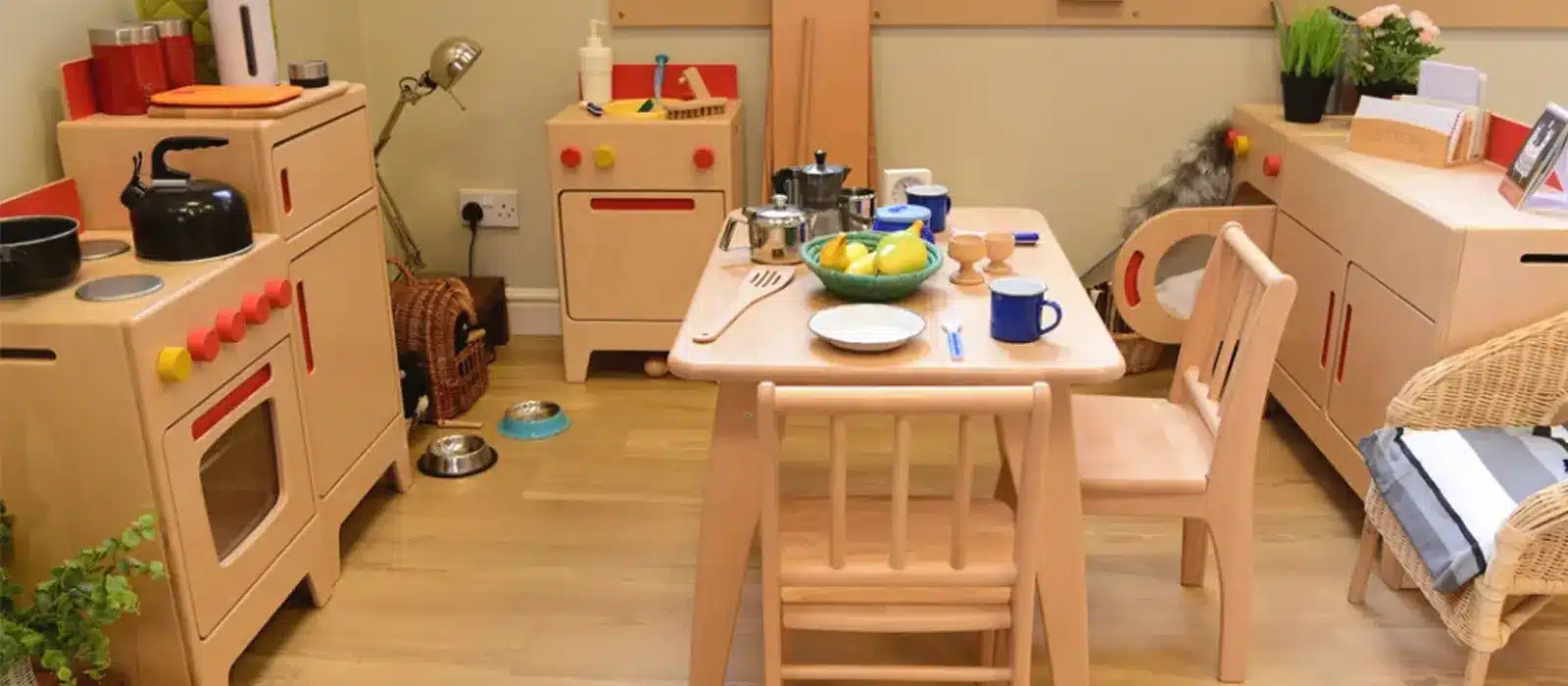
The Dramatic Play Area
Role-playing and pretend play are essential for the development of social and emotional skills. The dramatic play area provides children with a space to explore different roles, situations, and emotions. It should be equipped with costumes, props, and a variety of themed playsets, such as a kitchen, doctor’s office, or grocery store. The dramatic play area encourages children to use their imagination, practice problem-solving, and develop empathy as they step into different roles.

The Outdoor Play Area
Outdoor play is important for children’s physical development and connection to nature. An outdoor play area should include age-appropriate playground equipment such as swings, slides and climbing structures. It should also have open space for running, playing games and exploring the natural environment. Outdoor play area provide opportunities for children to develop gross motor skills, engage in imaginative play, and enjoy the benefits of fresh air and physical activity.
Steps for Setting Up a Preschool Classroom Space
- Planning and Layout: Start by assessing the room’s size and shape. Sketch a floor plan, placing larger furniture first and ensuring clear pathways for movement.
- Zoning: Assign different areas of the classroom for specific activities. Ensure that quiet zones like the reading area are away from noisier sections like the play area.
- Furniture Arrangement: Place furniture strategically. Ensure tables and chairs are in view of the teacher’s desk. Storage units should be easily accessible to both teachers and students.
- Decor and Aesthetics: Use bright, cheerful colors and child-friendly decor. Display student artwork and educational posters to create a welcoming atmosphere.
- Safety Checks: Regularly inspect the classroom for any safety hazards. Ensure that all furniture is stable and that materials are non-toxic and age-appropriate.
- Flexibility for Change: Be prepared to adjust the layout and resources as you observe how children interact with the space and each other.
Organization Tips to Keep Preschool Classroom Tidy
- Label Everything: Use labels with pictures and words on shelves, bins, and drawers. This helps children in finding and returning materials, promoting independence and responsibility.
- Regular Clean-Up Routines: Establish a routine where children assist in tidying up. This teaches them organizational skills and respect for their environment.
- Maximize Storage Solutions: Use wall-mounted shelves, transparent bins, and multi-purpose furniture for effective storage. Keep frequently used items within children’s reach and less used items higher up.
- Categorize Resources: Group similar items together – all art supplies in one area, books in another. This simplification makes it easier for children to find what they need and return it after use.
- Involve Children in Organizational Decisions: Ask for their input on where they think certain items should go. This gives them a sense of ownership and responsibility for their classroom.
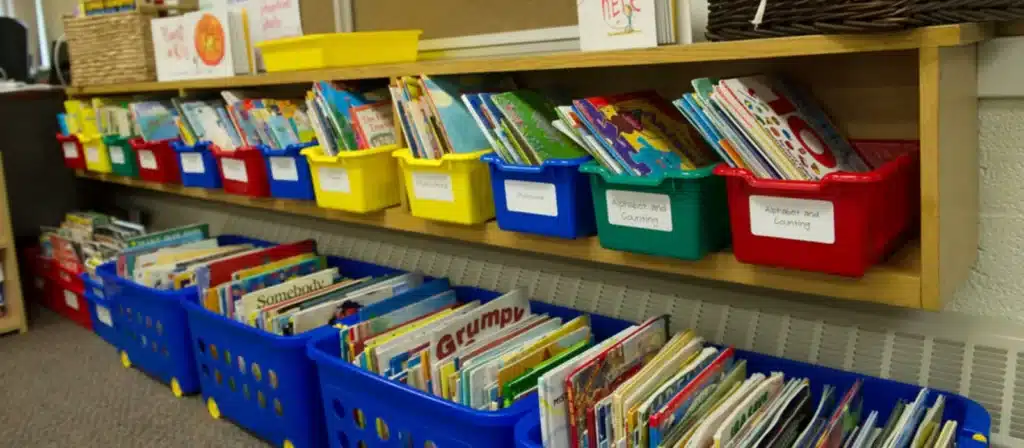
Considerations to Take When Setting Up Your Preschool Classroom
1.Preschool Classroom Layout Design
The layout of your preschool classroom is important for promoting learning and fostering a sense of community. It is important to create different learning areas within the space to allow children to explore and engage in a variety of activities. Classrooms should have designated areas for reading, art, play and group activities.
Research has shown that clearly defined spaces help children understand the purpose of each area and encourage them to engage in different learning experiences.
2.Suitable Preschool Furniture
Choosing the right preschool furniture establishes a preschool classroom that is both comfortable and functional. It is important to have child-sized tables and chairs that are durable and easy to clean. You can also include soft seating areas to create cozy reading corners or quiet reflection corners.
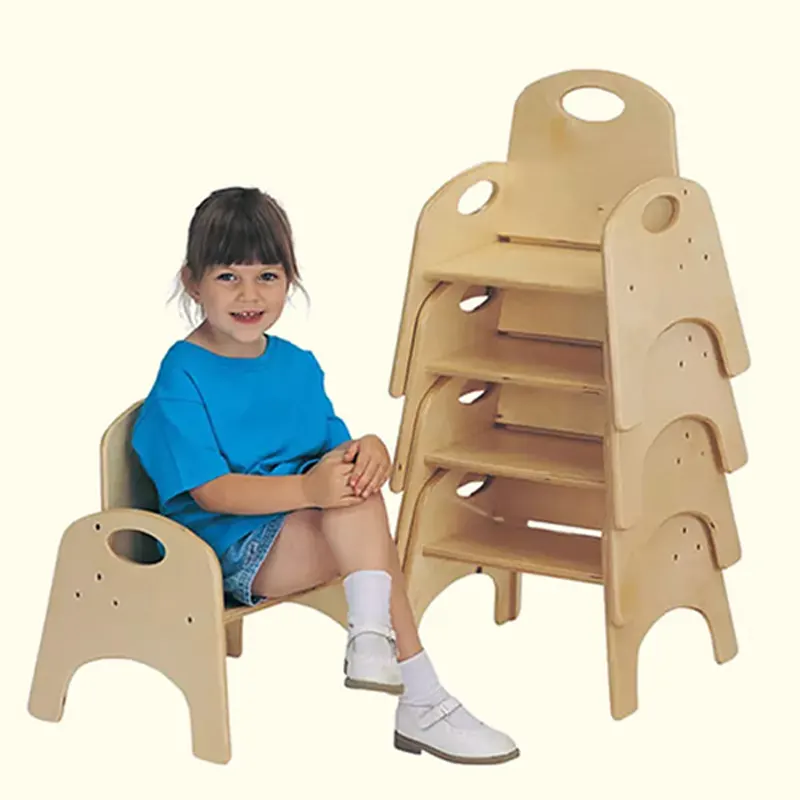
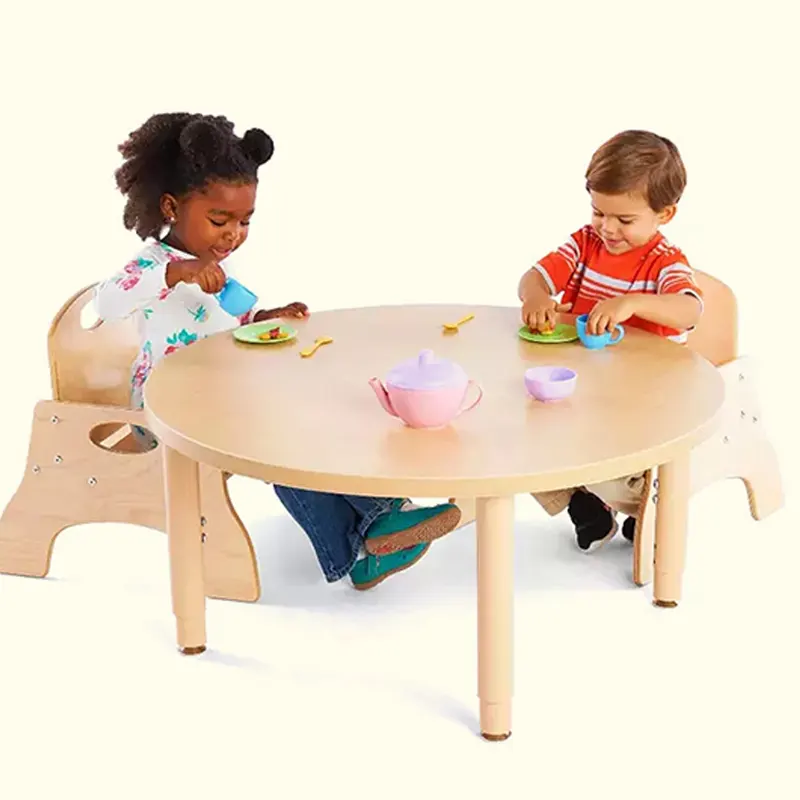
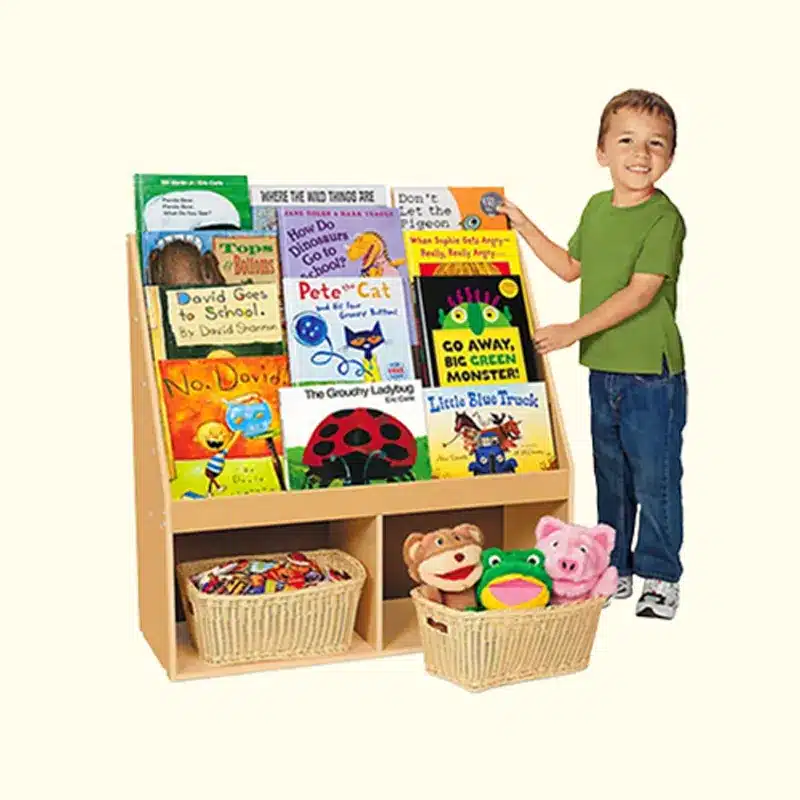
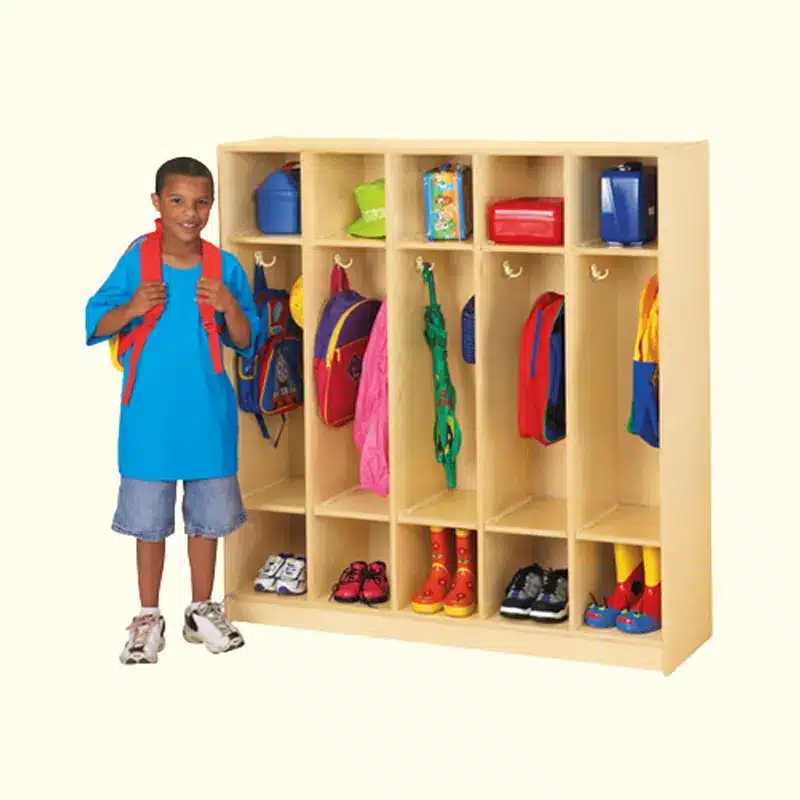
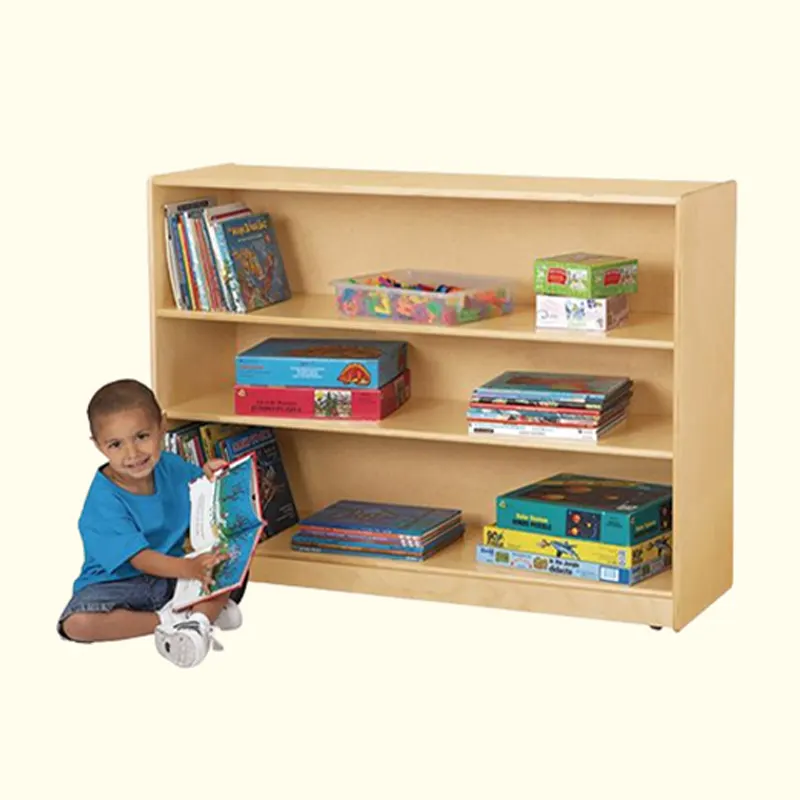
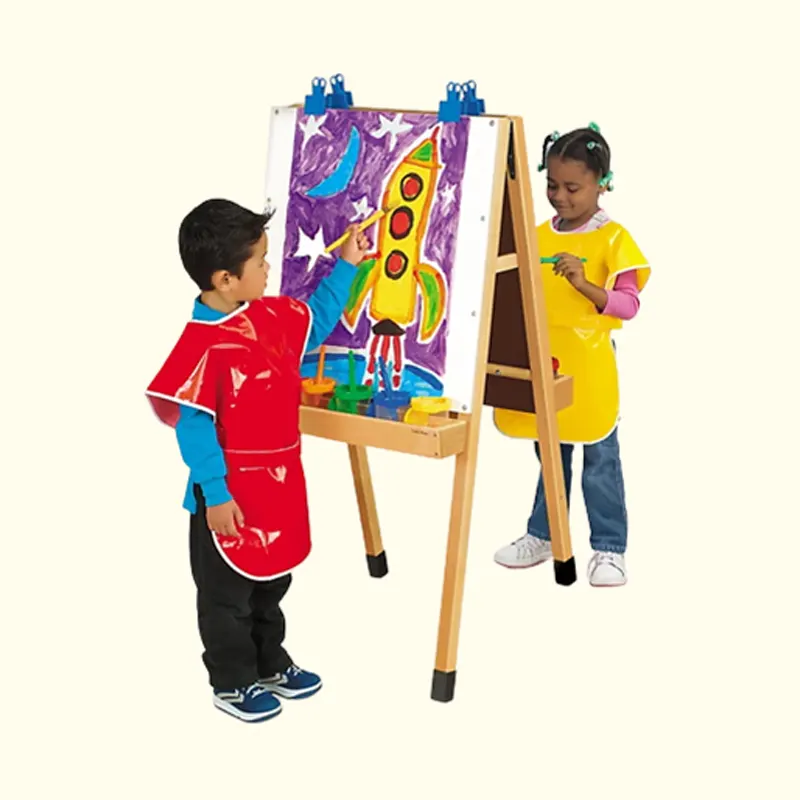
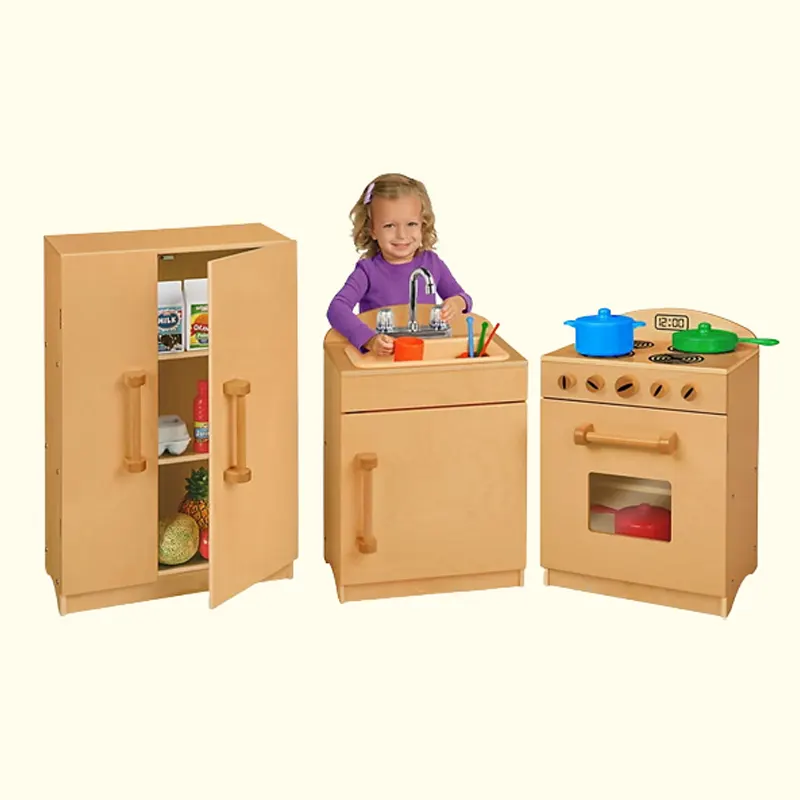
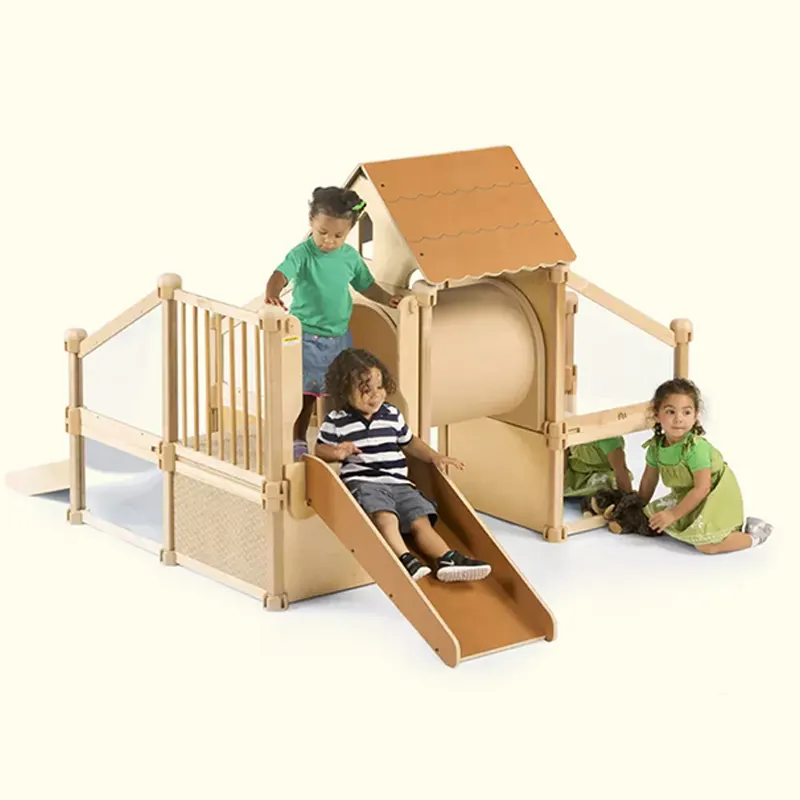
As a professional manufacturer and supplier of preschool furniture, Xiha Montessori offers a wide range of furniture products and customized services to meet any of your needs. Click on the picture to view the inquiry!
3.Aesthetics and Visual Appeal
Creating an aesthetically pleasing environment can enhance your child’s learning experience. Use colors, patterns and artwork to create a visually stimulating and engaging space. Consider the acoustics of the room and add soft materials or carpeting to absorb sound. Display children’s artwork and projects to celebrate their accomplishments and create a sense of pride and ownership.
4.Flexibility and Adaptability
Flexibility and adaptability are key when establishing a preschool classroom. Young children are constantly growing and developing, and their needs may change over time. Create a classroom that can be easily rearranged and adapted to accommodate different activities or learning opportunities. Use mobile furniture and storage solutions that can be easily moved. This allows for a dynamic and responsive learning environment that can meet the changing needs of children.
5.Collaboration with Teachers and Parents
Seek input from teachers about their specific needs and preferences. Involve parents in the process by seeking their ideas and suggestions. This collaborative approach ensures that the classroom reflects the values and goals of the entire learning community. Regular communication with teachers and parents also helps to identify any necessary adjustments or improvements to the classroom setting.
6.Classroom Noise Factor
Notice how much sound each area produces? If it’s the center of the block, the center of the theater sound will be loud! For example, libraries, quiet corners will have very little sound. Ensure that loud and quiet areas are a certain distance apart.
7.Classroom area popularity
Which areas of the room or center are most popular? I can tell you from experience that the Drama Center and the Arts Center are by far the most popular. Therefore, it is possible to scale up in a classroom setting.
Conclusion
Setting up a preschool classroom is a journey that combines practicality with creativity. As a leader in kindergarten furniture, Xiha Montessori is committed to assisting educators in creating spaces that not only meet the developmental needs of children but also inspire and motivate them to learn and grow. Remember, a well-set-up classroom is the first step in fostering a lifelong love for learning in young minds.

